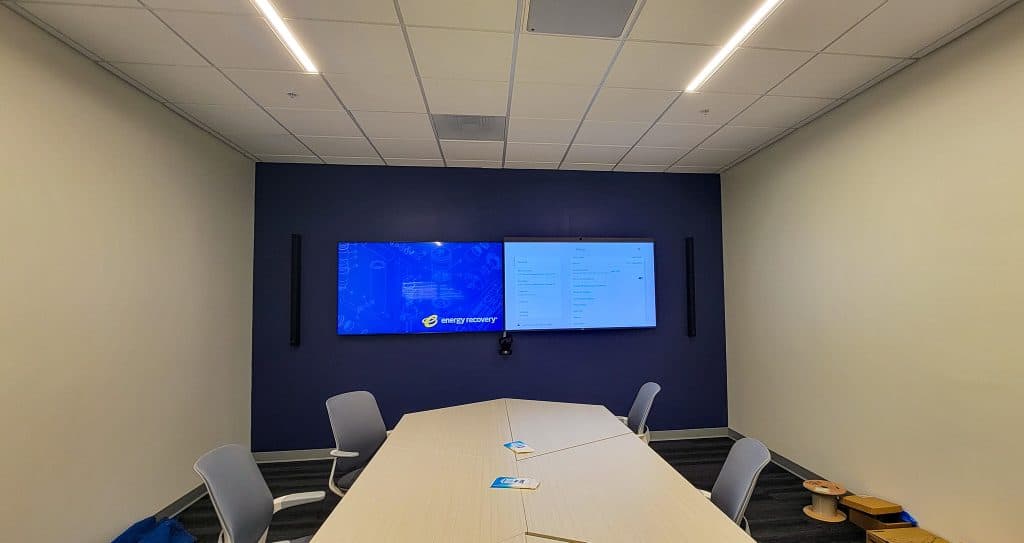

The COVID-19 pandemic has drastically changed the way companies use these services. With social distancing measures still used sometimes and remote work becoming the norm, companies have increasingly relied on AV tools combined with video conferencing to facilitate communication and collaboration among employees, clients, and partners.

Some specific ways in which COVID-19 has changed the use of audio visual services and video conferencing include:

Overall, the COVID-19 pandemic had accelerated the adoption of audio visual services and video conferencing by companies around the world, leading to a new era of remote collaboration and virtual events. These changes are still advancing, but peoples expectations are far higher.
DCS Global is a collaboration, consulting, services, and audiovisual (AV) integration company that provides various services related to digital signage, wayfinding, and kiosk manufacturing and deployment. The company specializes in creating interactive and engaging experiences for customers, visitors, and employees.
services include:
DCS Global offers a comprehensive range of services to help organizations enhance their communication, customer experience, and operational efficiency through innovative digital solutions.
Perfect Video Conferencing (#perfectvc) is an Audio Visual and collaboration services company that specializes in designing and deploying cutting-edge video conferencing and collaboration spaces. Recently, PVC merged with DCS Global, and together, they offer a comprehensive range of products and services that are guaranteed to deliver an immediate ROI for their customers.
With a strong focus on design and deployment, Perfect Video Conferencing is committed to delivering solutions that offer some of the lowest total cost of ownership (TCO) in the industry. Their team of experts works closely with customers to understand their unique requirements and design solutions that are tailored to their specific needs.
Perfect Video Conferencing’s solutions are designed to help organizations of all sizes and industries enhance collaboration, improve productivity, and drive business success. Whether it’s a small meeting room or a large conference center, they have the expertise to design and deploy video conferencing and collaboration spaces that meet their customers’ needs.
In addition to their design and deployment services, Perfect Video Conferencing also offers a wide range of products, including video conferencing equipment, audiovisual solutions, and collaboration tools. Their team of experts provides ongoing support and maintenance to ensure that their solutions continue to deliver value over the long term.
Overall, Perfect Video Conferencing (#perfectvc) is a leading provider of audiovisual and collaboration services, delivering innovative solutions that help organizations improve communication, collaboration, and productivity. With their recent merger with DCS Global, they are now even better positioned to help their customers achieve their business goals.



Email: info@dcs.global
Phone: 877.201.7914
2435 N. Central Expressway
Suite 1200
Richardson, TX 75080
United States
15300 Redmond-Woodinville Rd
Suite C1/04
Woodinville, WA 98072
United States
22722 29th Drive SE
Suite 100
Bothell, WA 98021
United States
4065 Watts St,
2nd Floor
Emeryville, CA 94608
United States
38016 Cleveland Avenue
p1159
Squamish, BC V8B 0A8
Canada